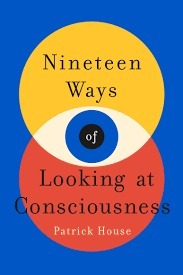Henry Cowles in LARB:
 When the blackbird flew out of sight,
When the blackbird flew out of sight,
It marked the edge
Of one of many circles.
BLACKBIRDS AREN’T ALL BLACK. They can be red-winged or red-shouldered, saffron-cowled or tricolored, rusty or yellow-hooded or chestnut-capped. And that’s just the members of the family Icteridae called blackbirds. Orioles and grackles, with their oranges and iridescence, are part of the family too. Old World blackbirds, many of which are called thrushes, are only distantly related; black birds like ravens and most crows aren’t blackbirds at all. To me, this fuzziness is part of the joke of “Thirteen Ways of Looking at a Blackbird,” a poem by Wallace Stevens first published in 1917. Across the poem’s 13 cantos, birds whirl and whistle, cast their shadows or eye us from the trees. Whether or not they’re all blackbirds — and, if so, what kind, with what colors? — the singular “a” of Stevens’s title is clearly misdirection. There are as many birds as there are perspectives, if not more, and as ever, what is true of the poem is true of the world. The more ways we look, the more we realize how much there is to see. Glance by glance, the blackbirds multiply.
Think about anything often enough, from enough angles, and it’s bound to splinter and refract. Our minds are like kaleidoscopes, packed with mirrors we twist to see the world anew. Sometimes we’re twisting consciously, sometimes unconsciously. But no matter what, we end up seeing patterns that are more a product of the tool in hand than of the world on its other end. Stevens’s poem, on this reading, is less about blackbirds than about the lenses we use to spy on them. It’s a warning, in other words, not to mistake the kaleidoscope for the universe.
More here.
